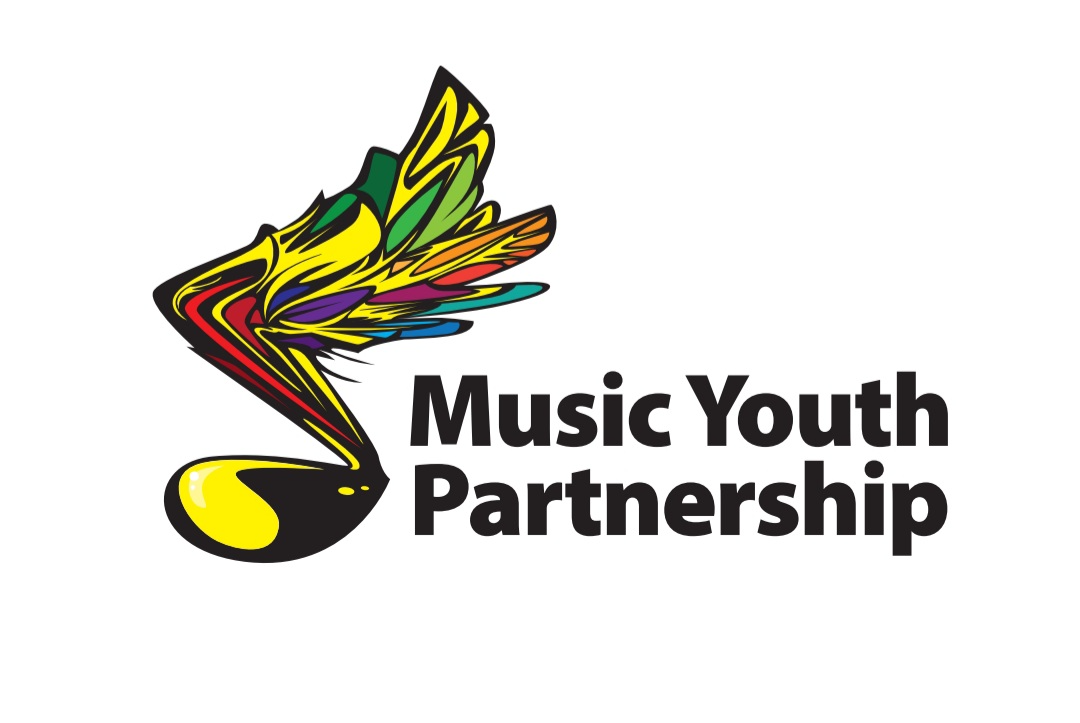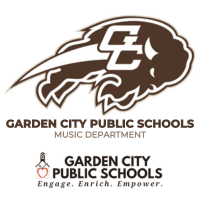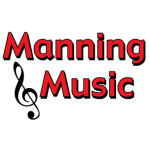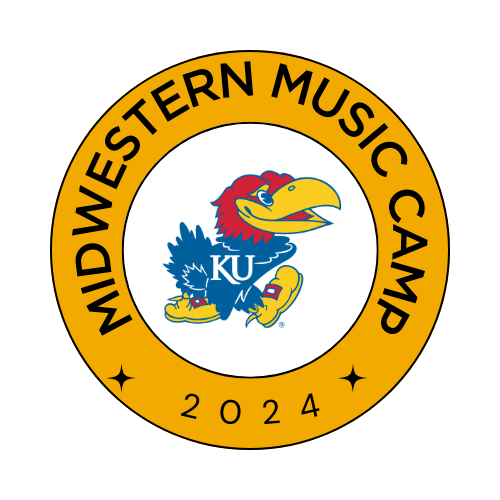
The use of movement in the choral rehearsal has yielded enthusiastic support from conductors, producing numerous studies, presentations, and articles demonstrating movement’s effectiveness as a teaching technique and encouraging conductors to include movement in their rehearsals. A conductor’s decision to use movement should be based on firm a pedagogical foundation, not viewed as a “trick” or gimmick for choirs, and it is advantageous if this pedagogical knowledge is shared with students. Movement activities in rehearsal may be perceived as a foolish use of time by singers if directors fail to share the reason movement is used. When singers are unclear about the purpose of an activity or participate with indifference, movement has little to no effect on the sound of the choir. Students who understand singing to be a whole-body activity and understand the purpose of movement exercises in the choral rehearsal, however, are more likely to participate in an engaged manner, in turn improving their musical performance. Singers appreciate knowing why they are asked to participate in any activity, and will better understand the benefit of a movement exercise if their conductor makes a point to explain to the rationale for it. Studies have shown that when pedagogical theory is shared, students perceive movement exercises in the choral rehearsal to be beneficial to themselves as individuals and to the choir as a whole in the following ways: keeping themselves alert, engaged, and ready to sing; improved breathing technique and increased breath support; improved singing technique (tone, posture, diction); improved accuracy (pitch, rhythm, intonation, balance); and especially singing more expressively (dynamics, emotion, phrasing, tone, energy, staccato/legato, overall musicality, etc.).
While rehearsals incorporating successful movement exercises may produce musical improvement and positive attitudes among singers, ill-prepared attempts to add movement may have the opposite effect. The success of movement exercises is dependent upon many factors, including (1) singers’ understanding of the musical and educational value of the exercise; (2) the conductor’s preparation for, pedagogical understanding, and comfort level with movement; (3) singers’ comfort level with and trust in their conductor; (4) regularity of the use of movement in rehearsals; and (5) overall participation by singers in the ensemble. When movement exercises result in musical improvement, singers’ attitudes toward movement exercises are positive, and their perceptions of the movement’s educational and musical value are high. Students who feel awkward or uncomfortable at first gradually warm to the use of movement as they see musical results and understand how movement improves their performance. However, when participation, understanding, and leadership are lacking, movement exercises tend to result in little musical improvement, accompanied by less favorable attitudes and value for singers.
Six Criteria for Successful Use of Movement in Rehearsal
- Conductor understands the pedagogical rationale for what they are doing and why. Movement is not a gimmick.
Bodies free of physical tension are more likely to produce a free, vibrant, tone and physical warm-ups preparing students physically and mentally to sing are both necessary and enjoyable for most singers. Group stretches, back rubs, and even simple yoga moves are wonderful ways students can prepare for singing by increasing breath support and releasing physical tension, and are beneficial as a transition physically and mentally from their other classes or activities to focusing on choral singing.
Outside of the physical benefits of preparing the mind and body for singing, one of the most compelling theories regarding the use movement is the connection with metaphor. Musicians frequently describe musical terms through metaphors of physical movement. “We need to hit that accent.” “The descant line should float.” “The phrase needs to grow towards ms. 93.” “Let’s have our tone spin as we sustain.” These are just a few examples of the colorful, descriptive language conductors speak when working with students. When we transfer these verbal metaphors – hit, float, grow, spin – to physical movement, our singers experience these non-visual and non-tangible musical descriptions personally and physically, thus connecting and understanding at a deeper level. The use of physical movement allows us to experience what we hear and feel but cannot see in music. Dr. Therees Hubbard’s research on this connection is a fascinating and informative study on the topic.
Rudolph Laban created a lexicon of movement descriptors (known as Laban Movement Analysis or LMA) that can help conductors develop a movement vocabulary of their own when working with musicians. LMA descriptors such as float, punch, glide, slash, dab, wring, flick, and press are transferrable to music when describing articulations, tone color, dynamics, and a myriad of other musical elements. Instead of verbally describing music with similar words, choirs who physically move their bodies demonstrating the musical metaphor will have a stronger connection to the music and the desired outcome. When all moving together, physical application of musical terms as metaphors creates cohesive understanding within the choir. Movement while singing creates muscle memory within the choir and students remember that which is physically experienced and learned much better than what is merely spoken. Kinesthetic memory is strong. Conductors may then incorporate the movements experienced in rehearsals into conducting patterns and gestures as a means to communicate and inspire while performing.
The less talk and more movement a conductor has in rehearsal, the more retention will take place with singers. Once movement has been used to establish a connection with a certain sound or musical concept, a simple movement from the conductor can be used to remind students of the work of previous rehearsals instead of explaining repeatedly what needs to be improved. Physical movement also provides teachers with an instant, visual assessment of singers’ understanding of concepts. For example, if singers cannot all snap at the precise moment of a cut-off, then they most likely do not know when to stop singing or apply their ending diction together.
- Singers understand the value and purpose of the activity.
The connection between metaphor, music, and movement is relatively simple – we use movement terminology in music to describe what we hear but cannot see. This rationale is a concept that is understandable by singers in most choirs, from elementary through collegiate. When teachers share this pedagogy with their students, singers feel respected and empowered with the knowledge. The movements are perceived as a worthwhile educational and musical activity with the purpose of improving their sound, and not merely as a random “goofy” exercise. When students understand the reason behind an activity, along with the research of why it and how it works, they will be more invested in the activity thus enhancing the musical outcome.
- Conductor is confident and comfortable with the activity.
Be brave. Being human makes teachers relatable, and if you make a mistake while moving it shows students it is okay for them to make mistakes, too. Do all of the movements with your choir. Teachers who themselves demonstrate movement in rehearsal will be more successful in leading their students to do the same. Conductors new to incorporating movement can start small – hand and arm gestures to demonstrate the shape of a phrase, for example. By choosing a 4-8 measure phrase and focusing on just one musical element (dynamics, articulations, phrasing, etc.), a teacher can choose a few physical movements or gestures to enhance the element, and then practice the movements on their own to build confidence. As one does this more frequently with students, the variety of movements and ideas will increase, along with confidence.
- Singers trust and are comfortable with the conductor.
Trust and rapport between a conductor and a choir is a rich topic within itself, but in regards to movement, a conductor who employs the previously mentioned criteria can establish the use of movement as a worthwhile endeavor. As a teacher leads students toward a deeper understanding of how and why the movement is used, students trust that the activity has been thoughtfully developed for the choir’s success. Explaining to students that movement is used to incorporate different learning styles (visual, aural, kinesthetic, and tactile) and the connection between metaphor, movement, and kinesthetic memory builds confidence in the conductor’s knowledge and ability to lead the ensemble.
Trust is built between a conductor and singers when students feel their input is valued. After the use of movement is introduced, along with the rationale for the activity, it is highly engaging and beneficial to ask singers to come up with their own physical movements to achieve a musical goal. This often results in high levels of engagement and participation as ideas, discussion, and movements are student-generated, creating a sense of ownership and investment in the performance among singers.
Students who witness their teacher fully participating in movement feel less risk in moving themselves. If a conductor feels awkward or uncomfortable with a movement, it may be a good indicator that the singers might feel the same way. If this is the case, being able to laugh at one self can create a sense of relatability and good-natured humor within the choir, or a different movement can be used. A conductor’s willingness to move to student-generated movements will in turn increase the likelihood of students moving to teacher-generated movements. If students are hearing or feeling results, they will continue with an activity, especially if it takes place in an environment where it is okay to laugh at one’s self and students feel safe and comfortable.
- Movement is used regularly in rehearsal.
Students’ inhibitions decrease as movement becomes a regular part of the rehearsal process, and connections between movement and music start to feel genuine with regular use. If movement is only used sporadically, the focus tends to be solely on the movements because it is novel. The more frequently movement is used in rehearsals the more successful it becomes in eliciting musical improvement, as long as teachers and students regularly “mix it up”. Monotony in any rehearsal causes even the best activities to lose their effectiveness. Some regularly used movements to reinforce concepts in warm-ups, (for example, various hand shapes in front of the face to help form vowels) are excellent, but movements should evolve and adapt to the specific music or concepts being learned.
- Overall participation of students is high and students are actively engaged.
If students are instructed to step or walk on the beat and they merely shuffle along, musical improvement is not happening. If singers are reluctant to engage, start small – incorporate a few small movements in warm-ups, a few gestures while singing song – but do so on a regular basis. In time, gradually increase the use of movement or incorporate bigger physical movements. Ask students for verbal metaphors to describe what the music or lyrics are expressing and how they might add a movement to communicate this in their sound. As students start to hear the improvement in their sound and feel more comfortable, engagement will increase, thus further improving results.
In conclusion, movement – when presented well – is a powerful pedagogical and musical tool for rehearsals that singers find highly beneficial and enjoyable. Conductors interested in learning more are encouraged to seek out the numerous articles found in the NAfME Music Educators Journal and ACDA Choral Journal on this topic. A non-exhaustive list of resources is below.
Resources
Apfelstadt, Hilary. “Choral Music in Motion: The use of movement in the choral rehearsal.” Choral Journal 25, no. 9 (May 1985): 37-39.
Ball, Wesley A. “Expressing the Inexpressible: Developing an Aesthetic Vocabulary.” Music Educators Journal 74, no. 8 (April 1988): 52-56.
Briggs, Kathryn. High School Students’ Attitudes and Perceptions Regarding Movement in the Choral Rehearsal (master’s thesis) University of St. Thomas. (2010)
Briggs, Kathryn E. “Movement in the Choral Rehearsal: The Singers’ Perspective.” Choral Journal 52.5 (2011): 28-36.
Chagnon, Richard. “A comparison of five choral directors’ use of movement to facilitate learning in rehearsals.” D.M.A. diss., Arizona State University, 2001.
Gonzo, Carroll L. “Metaphorical Behavior in Choral Conducting.” Choral Journal 17 (March 1977).
Gordon, L.W.. “Body Movement exercises in the choral training program.” Choral Journal 15, no. 7 (March 1975): 12-3.
Hibbard, Therees Tkach. “The use of movement as an instructional technique in choral rehearsals.” D.M.A. diss., University of Oregon, 1994.
Hylton, John. “Keeping Your Choir on the Move.” Music Educators Journal 74, no. 3 (November 1987): 31-24.
Laban, Rudolph. The Mastery of Movement. Edited by Lisa Ullman. 3rd ed. Boston, Mass.: Plays, Inc., 1971.
McCoy, Claire W. “The Effects of Movement as a Rehearsal Technique on Performance, Meter Discrimination Ability, and Attitude of Members of High School Choral Ensembles” (Ph.D. diss., The University of Iowa, 1986)
McCoy, Claire Wehr. “The Effects of Movement as a Rehearsal Technique on Performance and Attitude of High School Choral Ensemble Members.” Contributions to Music Education, no. 16 (1989): 7-18.
Peterson, Christopher W.. “Moving Musical Experiences in Chorus.” Music Educators Journal 86, no. 6 (May 2000): 28.
Shehan, Patricia K.. “Movement: The Heart of Music.” Music Educators Journal 74, no. 3 (November 1987): 24-30.
Urista, Diane. “Beyond Words: The Moving Body as a Tool for Musical Understanding.” Society for Music Theory (2003) http://www.societymusictheory.org/mto/issues/mto.03.9.3/mto.03.9.3.urista.html
Weaver, Walter. “The development of vocal, choral, and musical concepts based upon a sequenced integration of vocal-choral principles with interpretive body movements.” D.M.A. diss., Carnegie-Mellon University, 1977.
Wis, Ramona. “Gesture and Body Movement as Physical Metaphor to Facilitate Learning and to Enhance Musical Experience in the Choral Rehearsal.” Ph.D. diss., Northwestern University, 1993.























